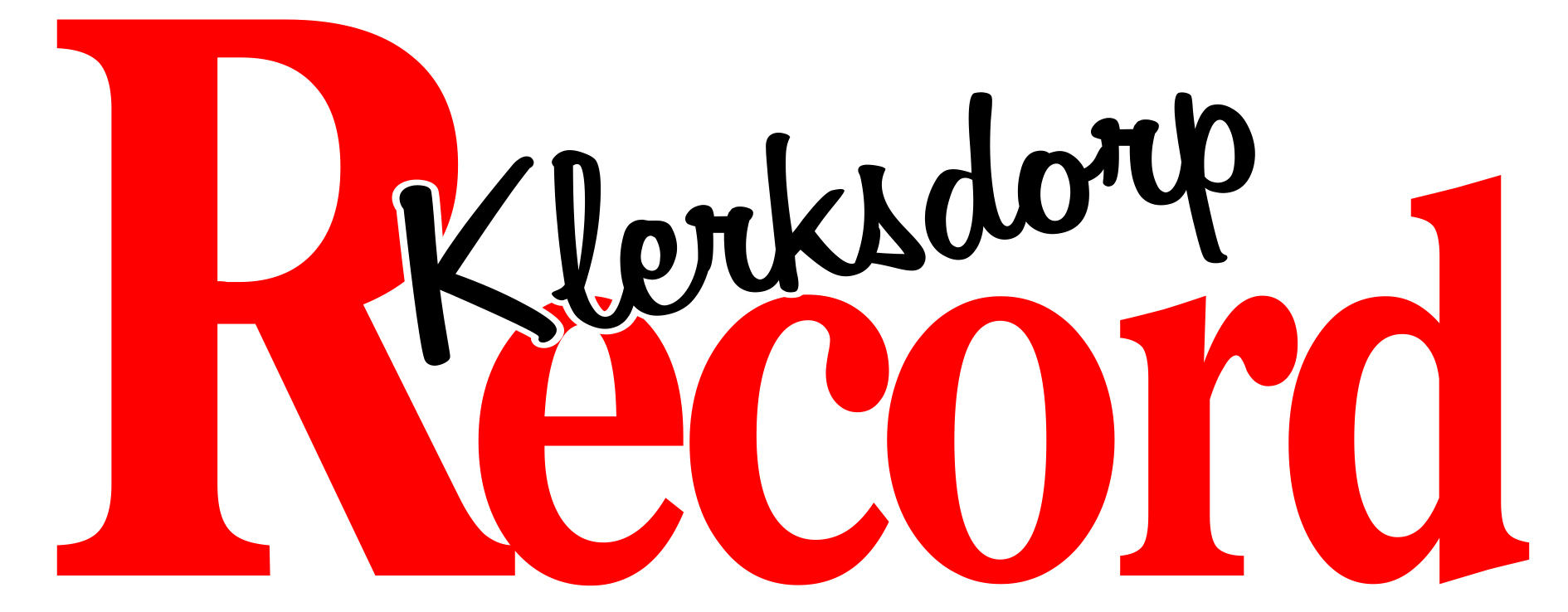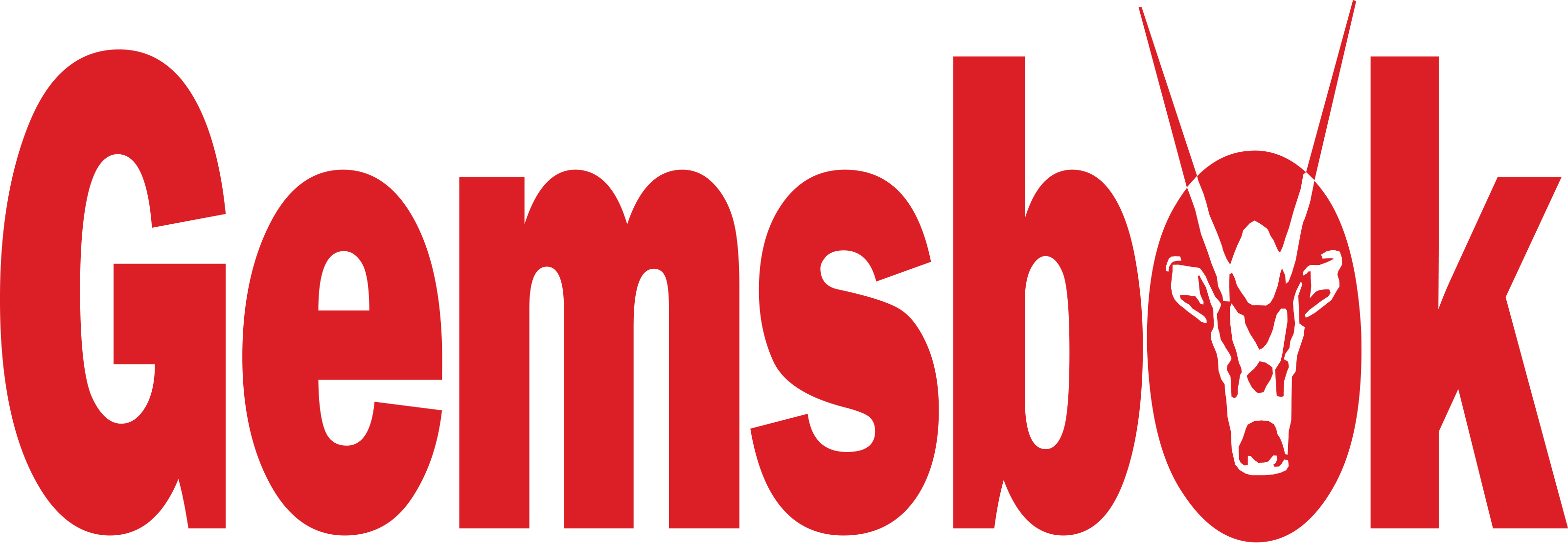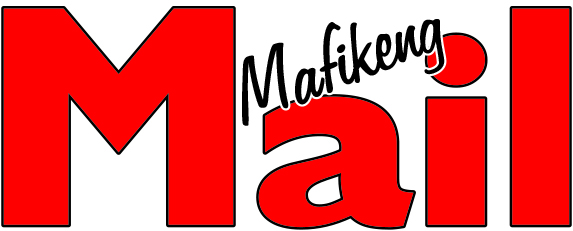BONUS - RUSTENBURG - The NW province is again making headlines for all the wrong reasons with the highest unemployment rate in the country.
Unemployment does not only affect households and buying power, but also has a significant negative impact on the economic growth in our province. Yet another 12 000 North West residents join the unemployment queue between Quarter 1 and Quarter 2 of 2024, with the official rate at 41,3%, being the highest in the country.
The NW Premier, Lazarus Mokgosi, announced at the Provincial Annual Media Day launch in Mahikeng earlier this month, that the provincial government is working to implement a Labour Activation Plan that will result in 27 000 job opportunities and training for unemployed people, with a focus on youth. He made the same promise in his opening of the Legislature Address. But if these stats are anything to go by, then this might be a pipe dream.
The latest Quarterly Labour Force Survey (QLFS) for Quarter 2 of 2024 shows a 0,6% increase in the official unemployment rate over the last quarter - from 32,9% to 33,5%, with the year-on-year comparison revealing a highly concerning 0,9% increase in the official unemployment rate from 32,6% in Q2:2023 to this quarter. To put these numbers into perspective, 158 000 South Africans lost their jobs over the last three months and 462 000 over the last year.
The expanded unemployment rate paints an even bleaker picture. According to StatsSA, the real rate of unemployment, including those discouraged and economically inactive, now stands at 42,6% nationally, an increase of 0,7% over the last quarter and 0,5% over the last year, this despite a growth in total employment by 306 000 persons since Q2:2023.
The unemployment rate amongst young South Africans between the ages of 15 to 34 is reported to be at 44,2%. This is an increase from the last quarter (of 0,4%) and a substantial growth from last year (of 0,8%), illustrating the crucial need for workable government policies that uplift, train, and educate our youth so that they may take their rightful place as the builders of our young democracy.










